Role of Macronutrients and Micronutrients
Terrestrial plants absorb the mineral requirements from the soil by the region of their roots that having young cells. The process of absorption of minerals can be passive or active. In passive transport of energy is not required by the transport system but in the active process transport takes place by the utilisation of energy by the ATP pump against concentration gradient.
Essential Elements - There are only 16 essential elements in the list but now nickel has been added to the list and make the number in the list is 17.In 1939 Carbon and Stout described the important characteristics of the essential elements. The characteristics of essential elements are-
1. Essential elements are involved in the nutrition of plants.
2. These are essential for the completion of the vegetative and reproductive growth of plants.
3. These elements are not replaced by the other elements.
4. Deficiency symptoms of the plant can only be overcome by the sufficient supply of the required elements.
5. Essential elements are differentiated into two categories. They are – Macro elements and micro elements. There ionic forms are called micronutrients and macronutrient.
6. Cations are absorbed absorbed on the surface of the negatively charged particles present in the clay particles. Cations are calcium, magnesium, carbon, hydrogen etc.
7. Anions of the essential nutrients include nitrate, phosphate, chloride, sulphate, borate etc. are hold to soil particles by lesser extent.
8. Mineral salts that present in the soils are constantly passing through downwards along the percolating water means gravitational water. This phenomenon is known as leaching. This is observed more in case of anions.
Definition of Micronutrients - These are also called micronutrients. Micro nutrients are those essential elements which are required of quantity less than 1 milligram/ gram of the dryweight. They are seven in number.
Different types of Micronutrients - Different types of micronutrients are Manganese, zinc, copper, molybdenum, boron, chlorine, nickel.
Functions of Micronutrients - Micro nutrients play various role on the growth and development of the plants. There function are –
Definition of Macro Nutrients - These are also called major element. Macro elements are those essential element which are required by plants in quantity of more than 1 milligram / gram dry weight. There are 10 types of macronutrient are present.
Different types of Macronutrient - Essential micronutrients are consists of 10 types of element. These are Carbon, hydrogen, oxygen, nitrogen, phosphorous, potassium, sulphur, magnesium, calcium and iron. But some of the scientist consider iron as an micro nutrients.
Functions of Macronutrient -
1. Constitute the Organic Molecules - Some micronutrients are there which are associated with the construction of organic molecules like carbon, hydrogen, oxygen, nitrogen, phosphorous, - sulpher, iron, magnesium, calcium.
2. Involve in the Oxidation Reduction Reaction- iron and copper are the two major element that take part in the activation of enzyme by the conversion of different valency of those element.
3. Catalytic Effect - Some elements act as activator of the catalyst and proceed catalytic action. Examples of this catalytic action are – Zinc, coper, potassium, sulphur etc.
4. Osmotic Pressure - Minerals salts which are consists of these essential elements and the ions present in cell sap that exert osmotic pressure for maintainence of the turgidity of the plants and absorption of water.
5. Turgor Movements - This movements are controlled by the influx and efflux of potassium ions.
6. Membrane Permeability - Some ions are there for increasing membrane permeability or are decrease membrane permeability. Examples are- Sodium and potassium ions are associated with the increase of membrane permeability and divalent calcium ion decreases the membrane permeability.
7. Nitrogen causes Constitution of the amino acids, proteins, hormones , enzymes, co enzymes, chlorophyll, vitamin, cytochrome, ATP.
8. Phosphorous is associated with the construction of nucleotides, nucleic acids, certain proteins, phospholipids, NAD + , NADP+.
Deficiency Symptoms - Different deficiency symptoms are observed in plants-
1. Chlorosis - In this type of symptoms there are appearance of yellow colour due to nonsynthesis of chlorophyll pigments or destruction of it. It can be marginal or interveinal means which is between the veins. It happens due to deficiency of presence of magnesium, nitrogen, potassium, calcium, sulphur, iron.
2. Necrosis - It happens due to the death of the cells. Example is – due to deficiency of phosphorus after chlorosis, potassium after chlorosis on tips and margins. Beside this there are also deficiency of magnesium, calcium, manganese, chlorine.
3. Die Back - This symptoms appear due to killing of shoot apical meristem and it happens due to absence of copper.
4. Exanthema - Bark that splits away in different places to exude resin and gum. This occurs due to deficiency of copper.
5. Little leaf diseases - Leaves are smaller in size as due to deficiency of the element called zinc.
6. Internal Cork Deficiency Symptoms - It is observed generally in apple due to deficiency of boron.
7. Whiptail - Deficiency of molybdenum in crucifer causes degeneration of lamina but not the petiole or midrib.
8. Molted Chlorosis and Marginal Infolding - Appearance of the anthocyanins pigmentation in non green areas are called molted chlorosis which occurs due to deficiency of molybdenum.
9. Bronze Coloured leaf Symptoms - Deficiency of chlorine causes bronze coloured leaf, wilting, swollen root tips, flower abscission.
10. Shortening of the Leaf - Sometimes deficiency of zinc also causes leaf rosette, shortening of internodes, interveinal chlorosis.
1. What are the different types of experiment dine for observation of mineral transport in plants?
Two types of experiment were performed for the analysis of mineral transport in plants. These are – Ringing experiment and Tracer technique. In ringing experiment removal of phloem containing bark disturb the mineral uptake till the roots are active.
In Tracer technique in 1938 by Stout and Hoagland use radio active minerals to show that the mineral passes upwardly specifically through the xylem if the bark is separated from it by the paraffin paper.
2. What do you mean by critical element?
Micronutrients those are commonly deficient in the soil are known as critical element. There number are three- and they are associated together to called NPK- Nitrogen, phosphorus, potassium.
From Role of Macronutrients and Micronutrients to HOME PAGE
Recent Articles
-
What Is Plasma? | Blood Plasma | Proteins | Nutrients | Cholesterol
Nov 07, 25 10:29 AM
Blood is a mobile fluid which is a connective tissue and is derived from the mesoderm like cell any other connective tissue. Colour of blood is reddish and that flows inside the blood vessels by means… -
Disorders of Respiratory System | Tuberculosis | Pleurisy | Emphysema
Oct 28, 25 11:39 PM
Tuberculosis is very common disease and is caused by a type of bacteria called Mycobacterium tuberculosis. This disease causes different trouble in the respiration and infection of several parts of th… -
Regulation of Respiration | Respiratory Centres | Inspiratory Area |
Oct 14, 25 12:13 AM
Respiratory Centre is the area that controls the rate of respiration and it is observed to be located in medulla oblongata and pons. Respiratory Centre has the following will dispersed components like… -
Explain Transport of Gases | External Respiration | Tissue Respiration
Oct 09, 25 11:35 PM
In humans gaseous exchange is completed in the following ways the steps are - External Respiration or Breathing - Breathing in false taking in of Oxygen and giving out of carbon dioxide in the body. M… -
Kind and Number of Teeth | Location of Teeth in Mouth | Care of Teeth
Sep 11, 25 12:52 AM
Kind and Number of Teeth
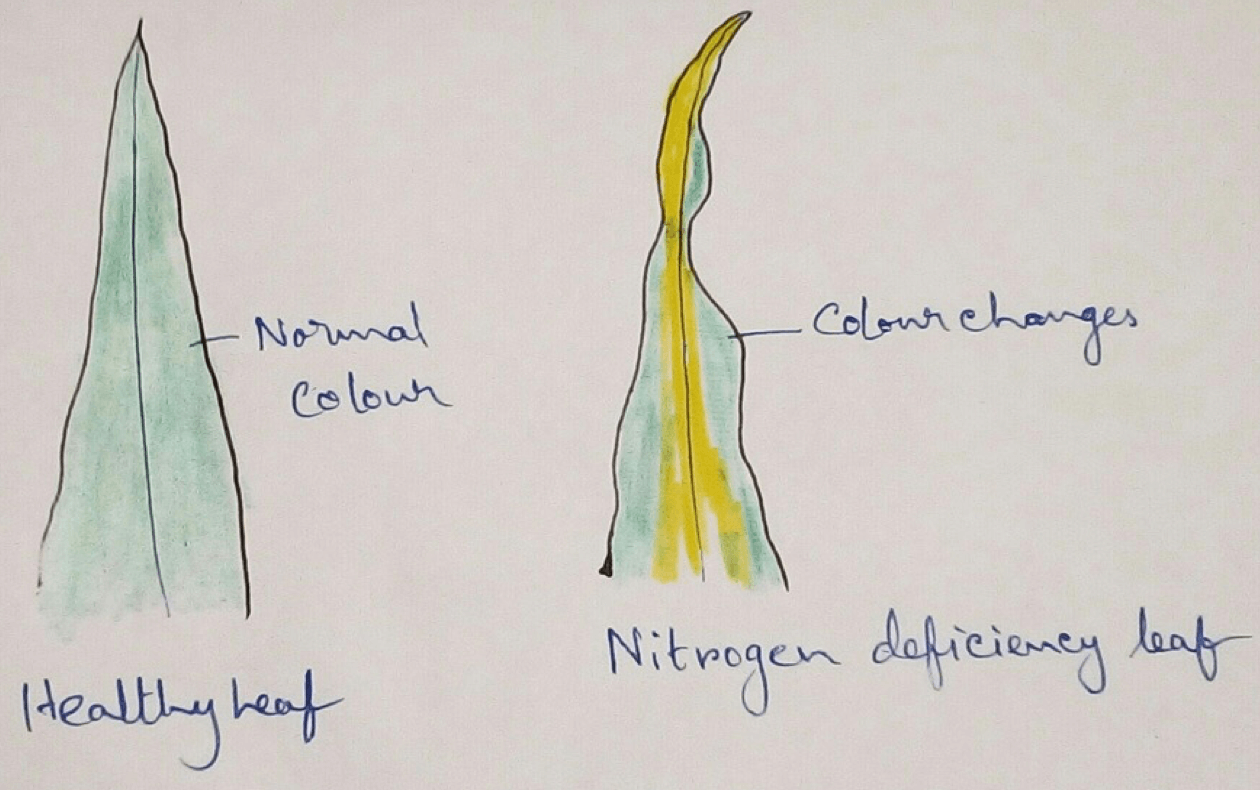

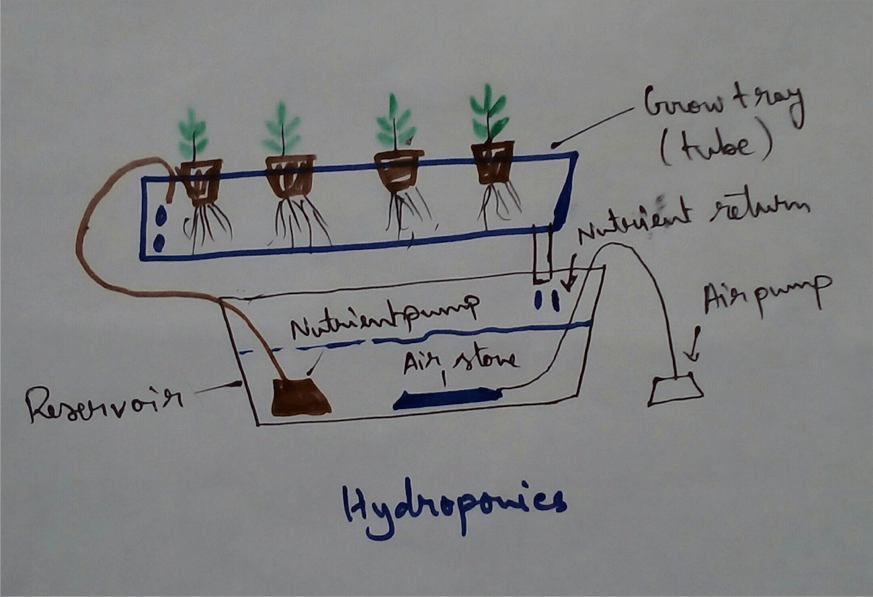

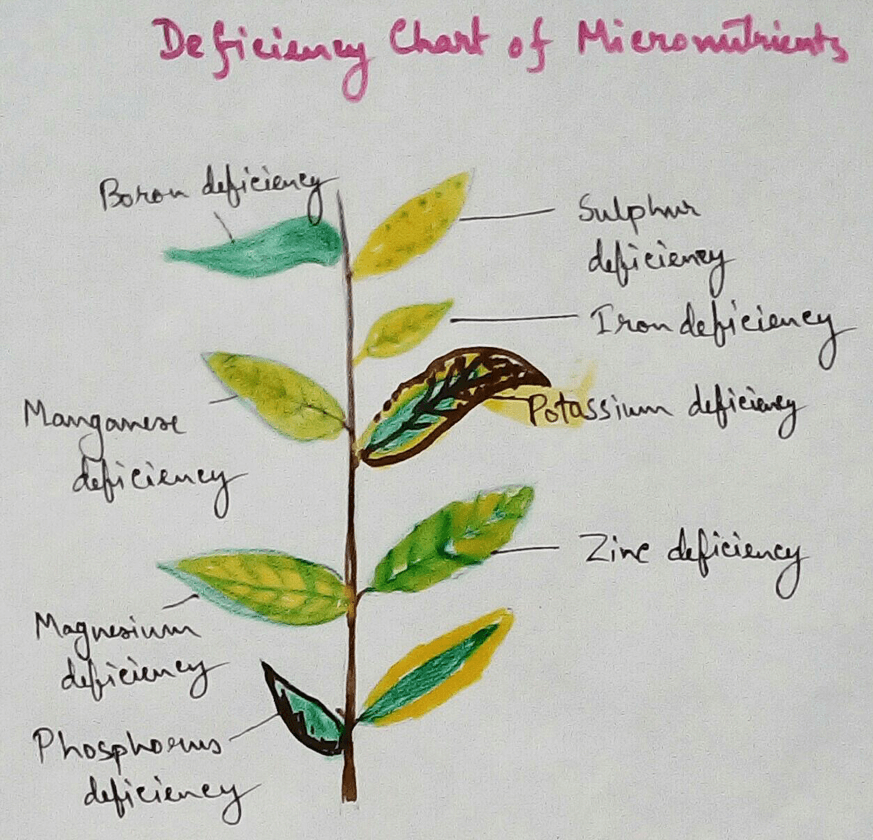
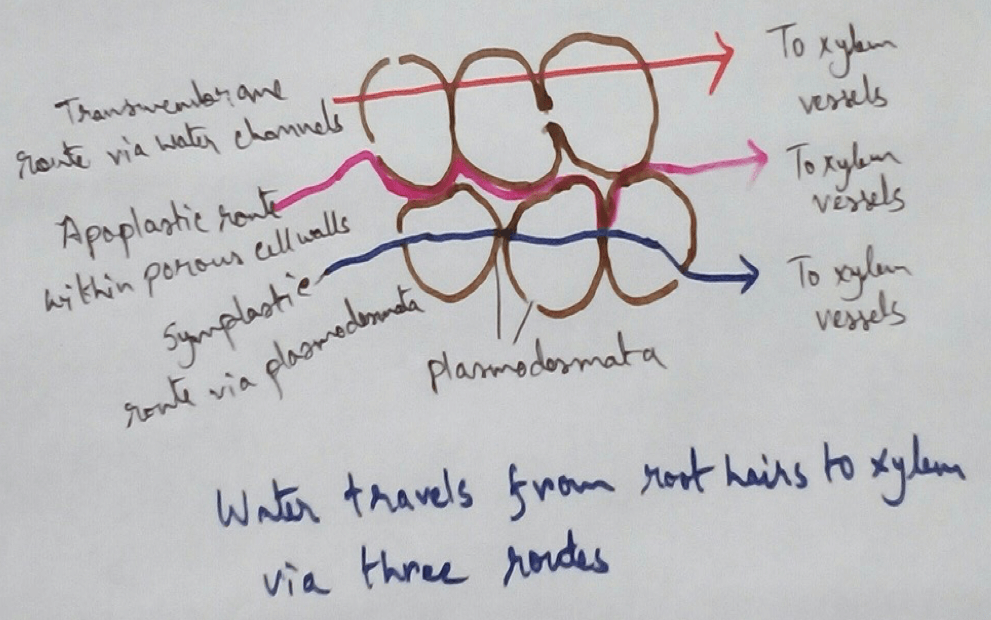
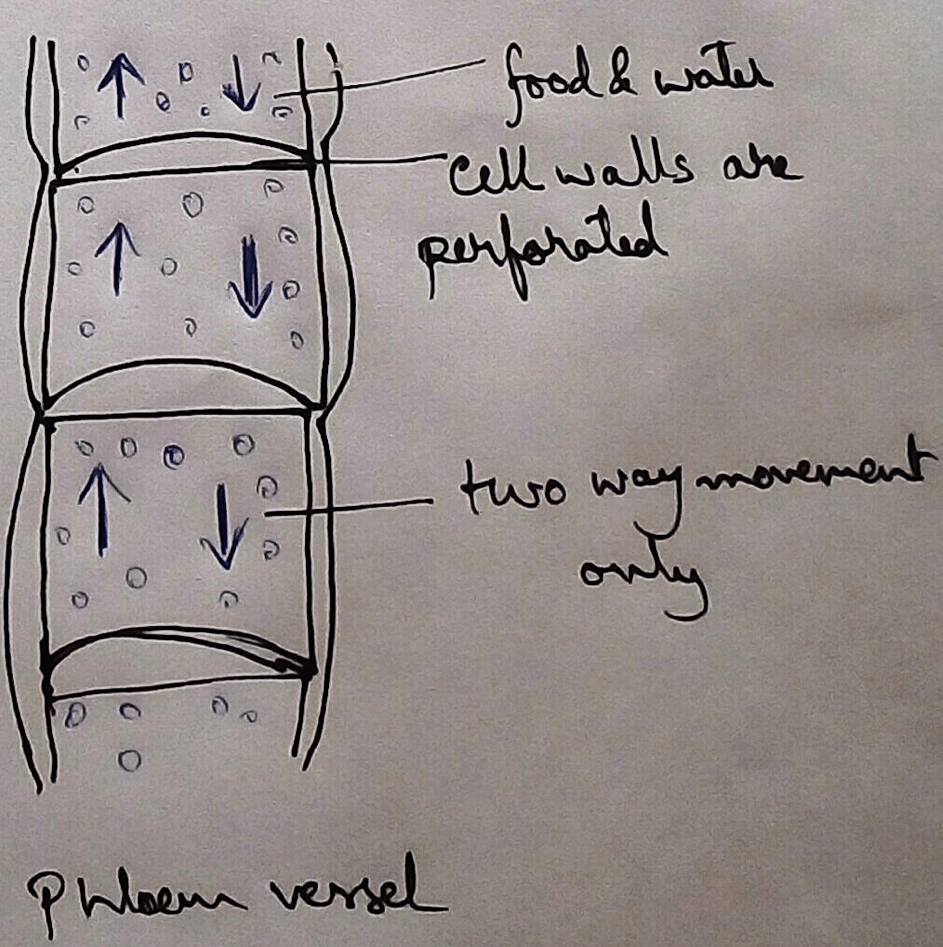
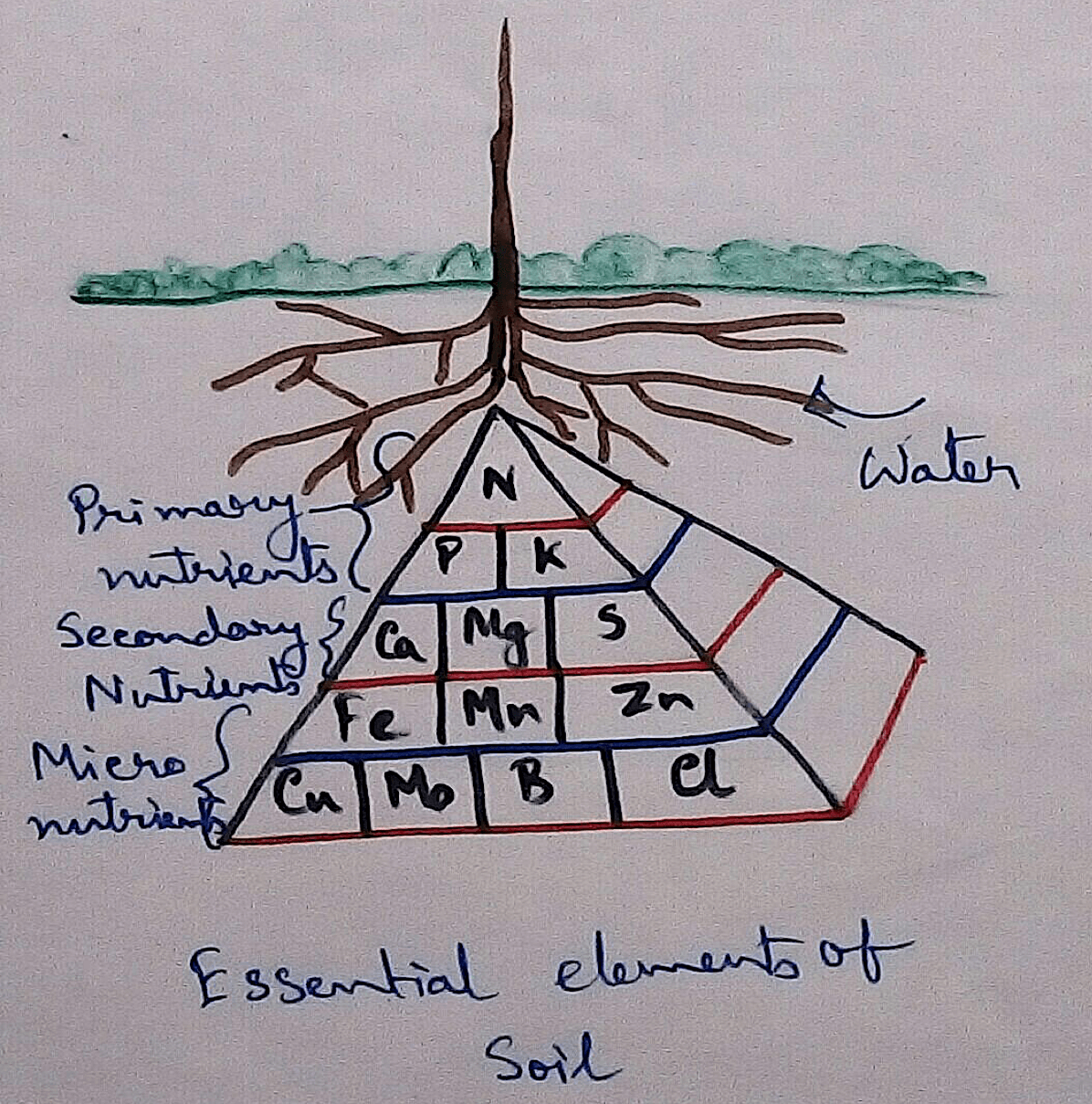
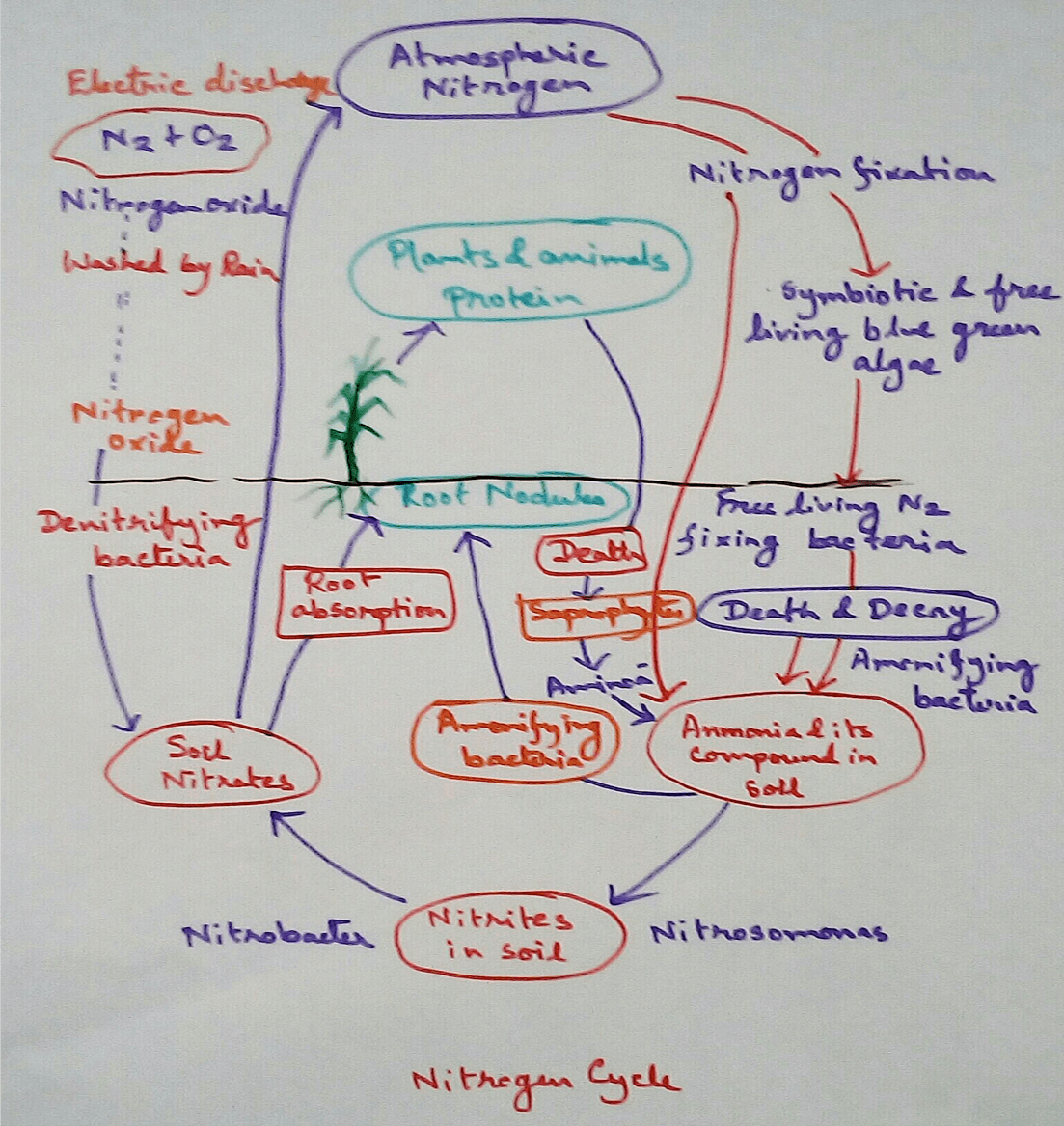





New! Comments
Have your say about what you just read! Leave me a comment in the box below.